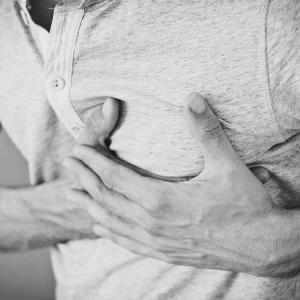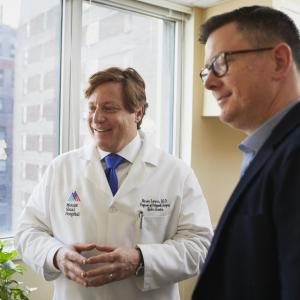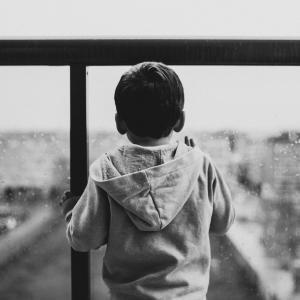Diagnostic Manual For Mental Disorders: Changes To PTSD And Other Stress Related Disorders
The fourth version of the diagnostic manual for mental disorders, or DSM-IV, has now been replaced by a fifth revision, called the DSM-5.
If you open the DSM-5 to chapter seven in Section II, you will find it is titled “Trauma and Stressor Related Disorders.”
In this chapter is the diagnostic criteria (symptoms) for anxiety disorders that are triggered by a traumatic or distressing event. The disorders listed here are acute stress disorder, post-traumatic stress disorder (PTSD), adjustment disorder and reactive attachment disorder.
DSM-5 Criteria Changes for Acute Stress Disorder and PTSD
Acute stress disorder and PTSD are characterized by severe anxiety and other symptoms that develop after experiencing a traumatizing event. The other symptoms may be feelings of disconnection, depressed mood, intrusive thoughts and re-experiencing the trauma.
Criteria for both disorders now specify whether the traumatic event is experienced directly, is witnessed or is indirectly experienced.
The criteria for both disorders has been broadened to include emotional reactions to a distressing event other than fear. This change is owed to research showing that not everyone responds to trauma with fear; people can respond to these events with a depressed mood or anhedonia (unable to experience pleasure). Plus some individuals, specially trained first responders to traumatic events (e.g., police, soldiers), do not always have an intense emotional response while in triggering situations.
The dissociative symptoms (feeling detached from the body, emotions or the world) earlier required for acute stress disorder have been relaxed. The criteria still include dissociation, but this symptom is not required for a diagnosis. Individuals must exhibit nine symptoms related to negative mood, intrusive thoughts, dissociation, avoidance, and anxiety arousal.
The criteria for PTSD is modified for children aged 6 and younger. Children older than 6 years are diagnosed as much as adults.
There are four symptom clusters for PTSD instead of the three found in the old DSM. The four clusters are avoidance, re-experiencing, persistent negative changes in mood and cognition (thinking) and arousal (anxiety).
DSM-5 Criteria Changes for Adjustment and Reactive Attachment Disorders
Reactive attachment disorder is characterized by developmentally inappropriate ways of relating to others socially. It occurs when a child does not form normal attachments with his or her early caregivers.
An adjustment disorder occurs when an individual struggles to cope with a life event, usually involving a major change or loss. It is characterized by anxiety and depressive symptoms.
Previously, there were two subtypes of reactive attachment disorder. One subtype was for emotionally inhibited and socially withdrawn individuals, and the second was for those disinhibited and indiscriminately social (poor relationship judgment). In the DSM-5, these are now two separate diagnoses: reactive attachment disorder and disinhibited social engagement disorder.
Adjustment disorder has been more specifically defined as a stress-response problem following traumatic or non-traumatic events. Previously, this diagnosis was a more nebulous, catch-all category for people who did not fit other diagnostic criteria.
Source: Psychiatric News
Photo: Px Here









